(NLDO) - The 149 million-year-old bird monster Baminornis zhenghensis discovered in Fujian province - China has filled the evolutionary gap of birds.
According to Sci-News, paleontologists have unearthed fossils of two Jurassic bird species at a site in Zhenghe County, Fujian Province, Southeast China.
They all date back 149 million years, evidence of the ancient origins of birds in the age of dinosaurs.
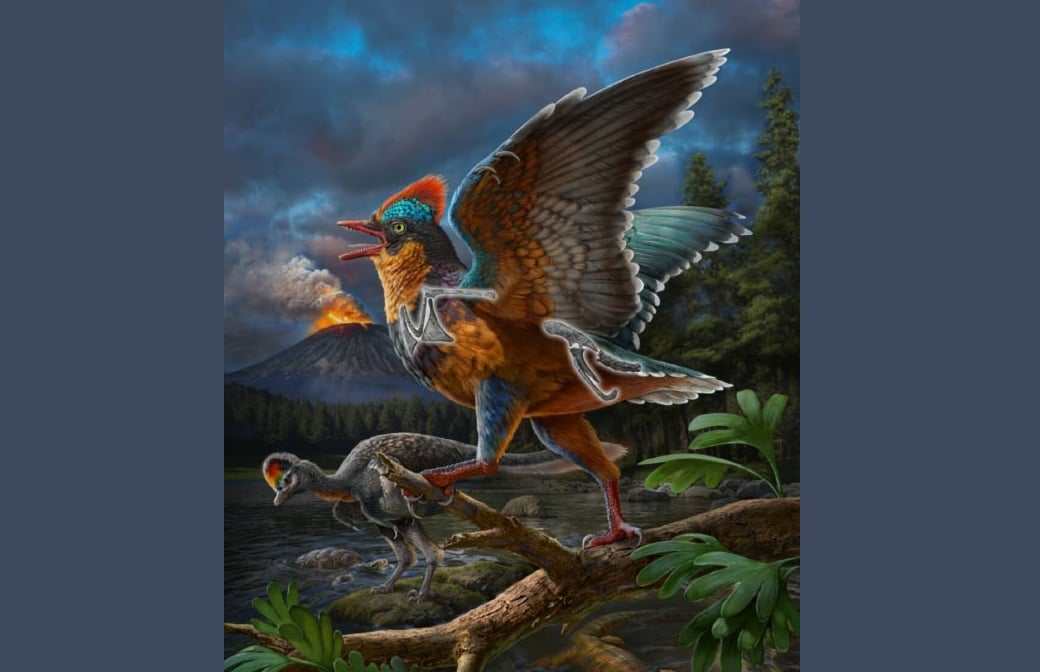
The Baminornis zhenghensis monster bird in the reconstructed image, the bones are marked as fossils found in Fujian, China - Photo: Chuang Zhao
Birds are often referred to by scientists as “modern dinosaurs,” because they are directly descended from dinosaurs. Some macroevolutionary studies suggest that their earliest diversification dates back to the Jurassic period.
However, the earliest evolutionary history of birds has long been obscured by a very fragmentary fossil record, with Archaeopteryx the only Jurassic bird lineage widely recognized by scientists.
Although Archaeopteryx had feathered wings, it still resembled non-avian dinosaurs, notably due to its characteristically long reptilian tail, a feature that contrasts with the short-tailed morphology of modern and Cretaceous birds.
Therefore, some recent studies suggest that the dinosaur was more bird-like than a full-fledged bird.
But according to Professor Min Wang from the Institute of Vertebrate Paleontology and Paleoanthropology of the Chinese Academy of Sciences, the newly excavated bird fossils in Fujian could bring a new turning point to studies on the history of birds.
Not only ancient, one of the two newly discovered species is the first known short-tailed bird, according to the article published in the journal Nature.
It was named Baminornis zhenghensis, and possessed a short tail ending in a double bone called a pygostyle, a feature also observed in modern birds.
Previously, the oldest evidence of short-tailed birds was from the early Cretaceous period.
So it can be said that the Fujian monster bird Baminornis zhenghensis is the first bird that truly "escaped" a dinosaur ever found in the world.
It also pushes back this important evolutionary milestone by 20 million years compared to previous evidence.
The second bird species has not been named and the fossil remains found are rather scant, consisting of only a wishbone.
Chinese scientists believe it may belong to the Ornithuromorpha group, a diverse lineage of birds during the Cretaceous period.
Source: https://nld.com.vn/lo-dien-quai-dieu-phuc-kien-loai-chim-dau-tien-thoat-xac-khung-long-196250214114206499.htm


![[Photo] Opening of the Exhibition on Green Growth](https://vstatic.vietnam.vn/vietnam/resource/IMAGE/2025/4/16/253372a4bb6e4138b6f308bc5c63fd51)
![[Photo] National Assembly Chairman Tran Thanh Man meets with Ethiopian Prime Minister Abiy Ahmed Ali](https://vstatic.vietnam.vn/vietnam/resource/IMAGE/2025/4/16/c196dbc1755d46e4ae7b506c5c15be55)
![[Photo] Many practical activities of the 9th Vietnam-China border defense friendship exchange](https://vstatic.vietnam.vn/vietnam/resource/IMAGE/2025/4/16/3016ed3ef51049219574230056ddb741)
![[Photo] Opening of the 4th Summit of the Partnership for Green Growth and the Global Goals](https://vstatic.vietnam.vn/vietnam/resource/IMAGE/2025/4/16/488550ff07ce4cd9b68a2a9572a6e035)
![[Photo] President Luong Cuong receives Ethiopian Prime Minister Abiy Ahmed Ali](https://vstatic.vietnam.vn/vietnam/resource/IMAGE/2025/4/16/504685cac833417284c88a786739119c)
![[Photo] President Luong Cuong meets 100 typical examples of the Deeds of Kindness Program](https://vstatic.vietnam.vn/vietnam/resource/IMAGE/2025/4/16/ce8300edfa7e4afbb3d6da8f2172d580)
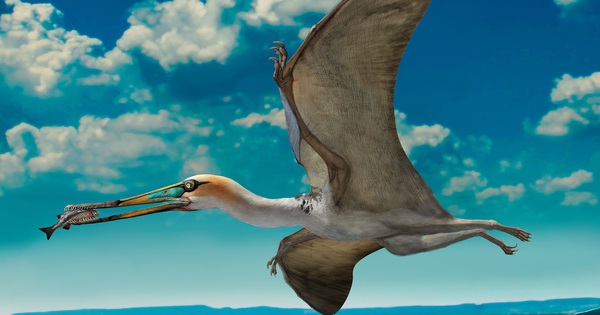
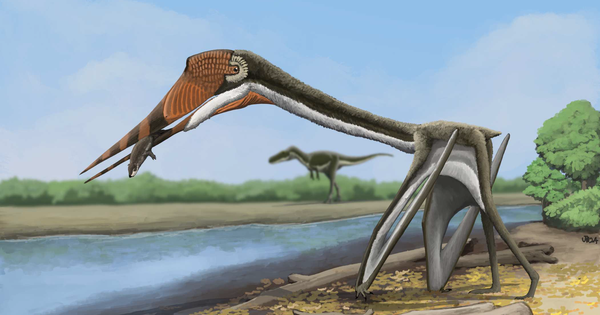
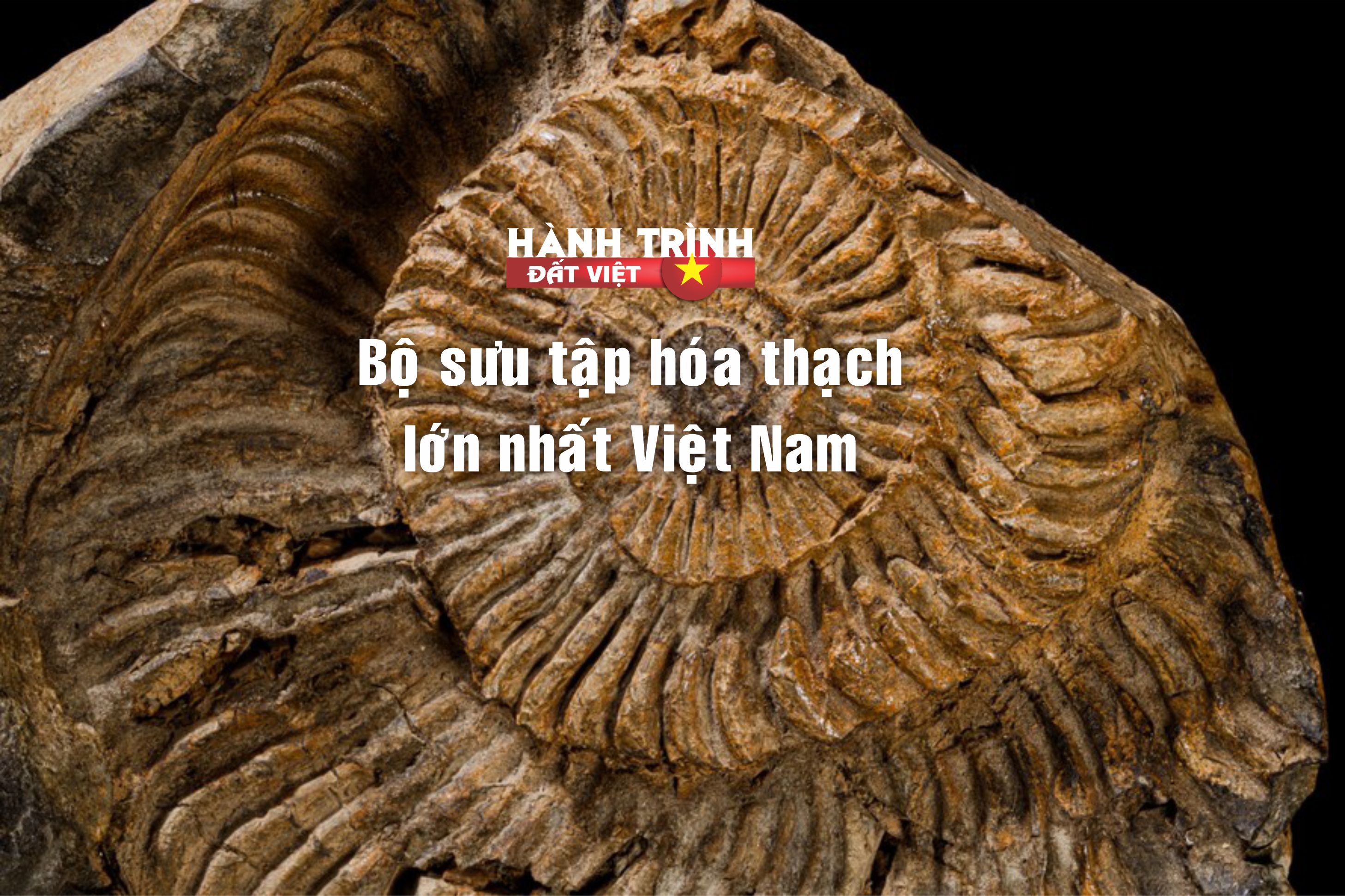


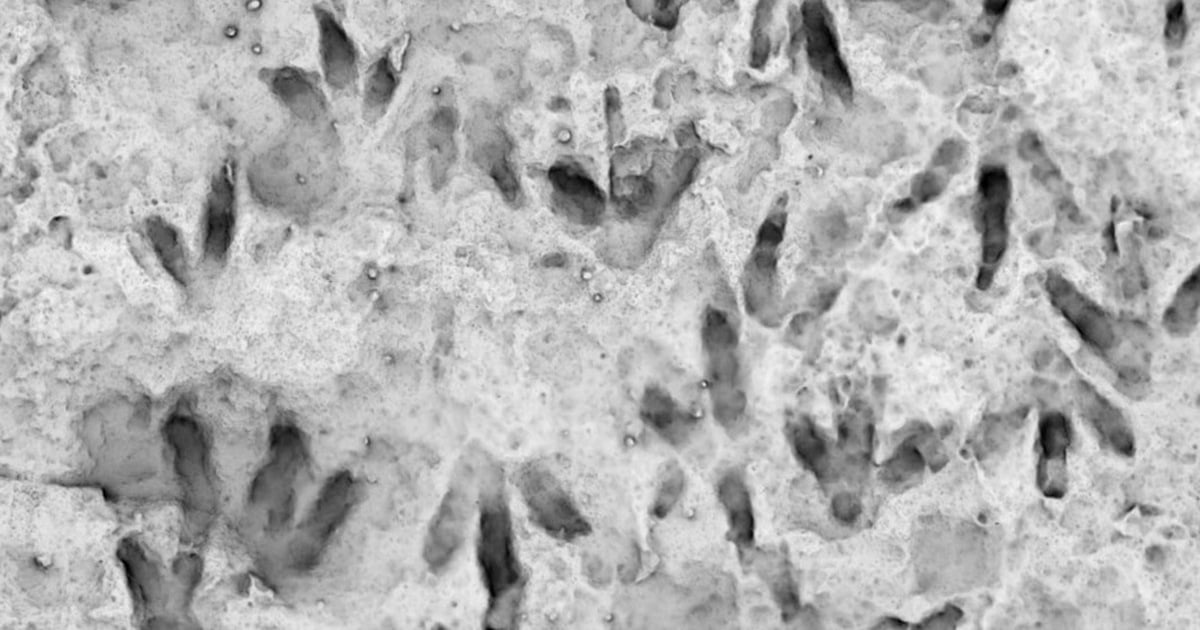

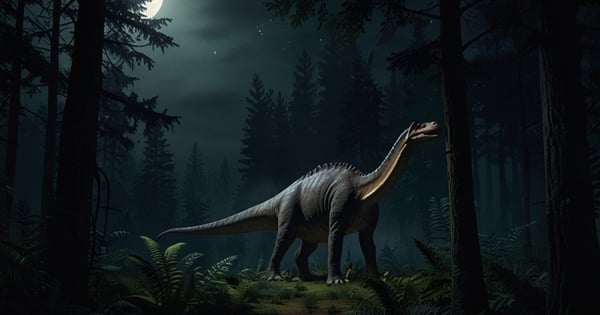


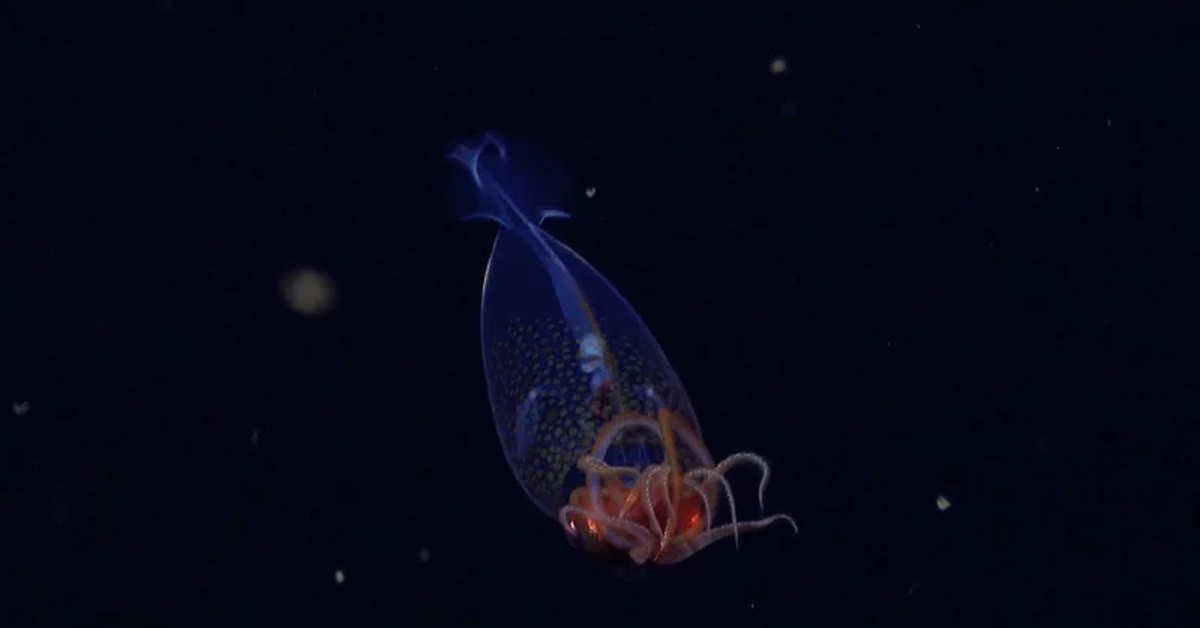


















































































Comment (0)